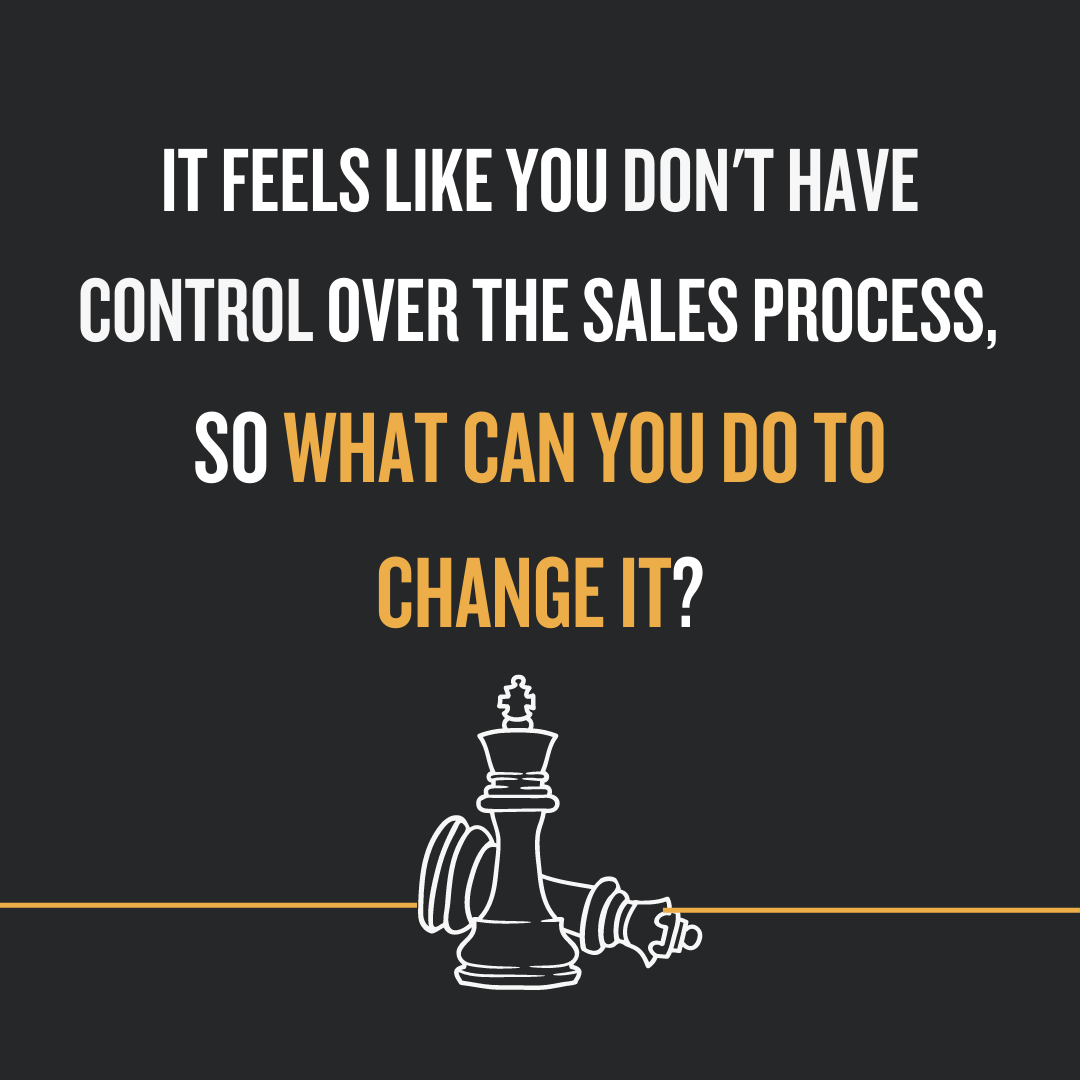Working with the right intent, a demonstrated sales process, proper preparation, and a zeal for relationship building, salespeople of all kinds can achieve their goals.
The best part about this approach is how good you will feel about being in sales - how rewarding and valuable your relationships with customers can really be.
DELTA method of asking questions is a strategy described in the infamous book “Stop Acting Like a Seller and Start Thinking Like a Buyer: Improve Sales Effectiveness by Helping Customers Buy” by Jerry Acuff. This method is the sorcery of building trusting relationships between you and the buyer. And in this article, we will gladly touch upon the main principles of the DELTA method - Develop, Engage, Learn, Tell, and Ask.
One: Develop Interest
To have an opportunity to ask questions, you need to develop an interest in the eyes of the prospect. And the first step of DELTA helps you to do exactly that. The beginning of the conversation is your chance to set the tone for the next steps of your presentation. So, how can you develop an interest? Easy:
- Do your research. You need to grab customer attention from the first minutes of the conversation, and you can do that by showing and providing knowledge. Tell your prospect something unique, unexpected, and by all means relevant to your topic. This way, you can smoothly open the path for a meaningful dialog.
- Create a safe environment. People don’t like being interrogated or pressured, therefore you need to try your best to create a pleasant environment for conversation. Show your prospect that you are here to help and not to sell. That’s how the prospect will feel free to open up in the course of the conversation.
- Bring value to the interaction. This step isn’t necessary but is useful nonetheless. You can give the prospect a small yet thoughtful gift, like a book, for example, and add a personalized message to it. This is all about finding something that's inexpensive, unexpected, and thoughtful, before you know for certain what they treasure, but not before you know what’s important to them.
Two: Engage Customers in Meaningful Dialogue
Developing interest will get you a meeting with the prospect, but what will make the prospect invested in a meaningful dialog? And that’s why your next step of sale should be engaging customers in the dialog. To do that Jerry Acuff advises the next principles:
- Prepare for the call. Not for your sake, but for client’s. Mirroring advice about doing research from the last point above, you should be prepared before the call. If you want to show your prospect that you are a reliable professional and you value their time - you need to be prepared.
- Focus on buyers’ concerns. Yes, you need to impress your client but do this in a thoughtful way. Do not brag about your capabilities and knowledge, but show genuine concern for clients’ problems. Listen attentively to their answers, this way you can have a dialogue.
- Establish a safe environment through the words. Do not start selling from the first seconds of your conversation. Focus your attention on the comfort of your customer. Listen, ask insightful questions and listen again. At this point, your task is to learn and collect as much information as possible.
- Encourage dialog. There is a misconception that a great seller should talk a lot. No, a great seller will do everything they can to create a dialog with the customer. Remember, when the salesperson talks - they are selling, but when the buyer talks - they are buying.
- Do not forget to assess. Always take your time to reflect on the dialogue that happened. This way, you will know how to act in the next steps or what to change in future conversations with prospects.
Three: Learn the situation, problem, or challenge
As Acuff said, sometimes prospects are not even sure they have a problem that needs fixing. The goal of this step is to figure out what your buyer really needs. And you can do that by asking questions.
Asking questions will give you an opportunity to have a glimpse of how your customer thinks and how the problem looks in their eyes. So, before the conversation, invest your time into creating useful questions.
How? For instance, keep these three key concepts in mind while you are developing questions:
- Intent. Set your intentions straight and figure out why you want to ask this or another question. The main intent behind your questions should always be to learn more and to deepen your understanding of the issue on both sides.
- Content. You need to understand what you have to learn from the conversation. Work on probing questions to uncover more information from the prospect.
- Condition. We keep talking about a safe environment, but this is too important to miss. Create questions in a way that won’t scare your customer and won’t make them uncomfortable.
The more needs and wants you can uncover with questions and then address, the easier it is for the customer to buy.
Four: Tell your story
Well, the previous steps were targeted at collecting data from your customer, and now it’s your time to shine. Between the previous steps, you were trying to figure out the connection between the prospect’s problems and the solution you can offer.
So, the time to tell your story has come. To make an organic transition from questioning to offer, you should follow a few basic rules. Your story should be based on your competitive advantages. As well as that, your story should be a combination of features, benefits, questions, and anecdotes. It needs to be relatable, clear, and simple. Also, combine emotion and logic in your story to deliver a more powerful message.
Most importantly, you need to have your story based on solving a customer’s wants and needs. Then your story must help customers see you as a reliable and trustworthy seller.
And never forget that your story needs to be honest.
Five: Ask for commitment
The last step of the DELTA process is to ask your client for commitment.
Commitments are always appropriate to end a conversation, and you should never let a conversation end without one. This is the mindset for you to go in this step.
Do not confuse asking for commitment and closing the deal. Sometimes during the closing-the-deal process, you start pressuring the client. On the other hand, asking for commitment means the appropriate end to the current conversation.
There are a few principles to consider in the last DELTA step:
- Commitment is a powerful psychological force. If you ask for commitment, people usually feel more responsible and committed (pun intended). You can use it to your advantage to keep the process heading towards closing the deal.
- Do not forget about comfort. People are naturally defensive with their space, thoughts, and decisions. Questions should always stay comfortable for both the client and you.
- Plan your questions. Always think a few steps ahead and craft your questions in advance.
- Make sure you are ready to move to the next step. There are a few "sensory" agreement questions to ask before the commitment stage. For example: "How does that sound?" or "Does this seem like a reasonable way to look at it?"
If you get a yes, you can move on with the commitment conversation. But if you get a no, it's time to take a conversation to a deeper level. Be aware, that more often than not you'll get a "yes, but." These "buts" often reveal the real reasons somebody is not ready to buy from you. In the case of "buts" you can follow this three-step process to get things back on track:
- Acknowledge: Make sure you acknowledge the concern and show that you understand it.
- Clarify: If you are not clear on the objection, ask clarifying questions to gain a deeper insight into the matter. Remember, assuming is much worse than asking, so don't be shy to probe deeper.
- Respond: Finally, deal with any misperceptions they may have. For instance, when somebody says "we don't have the money right now," you might respond by asking them what the cost of doing nothing would be. Or how implementing your solution would pay for itself quickly.
Turning selling into buying - is a true art. Use the DELTA method to turn your sales process into a pleasant and useful conversation targeted for understanding and solving a problem.








